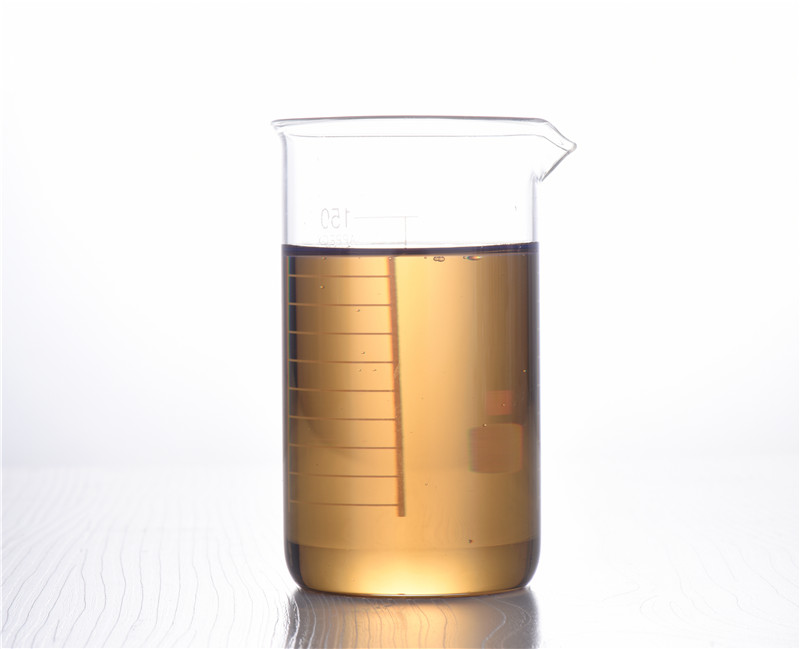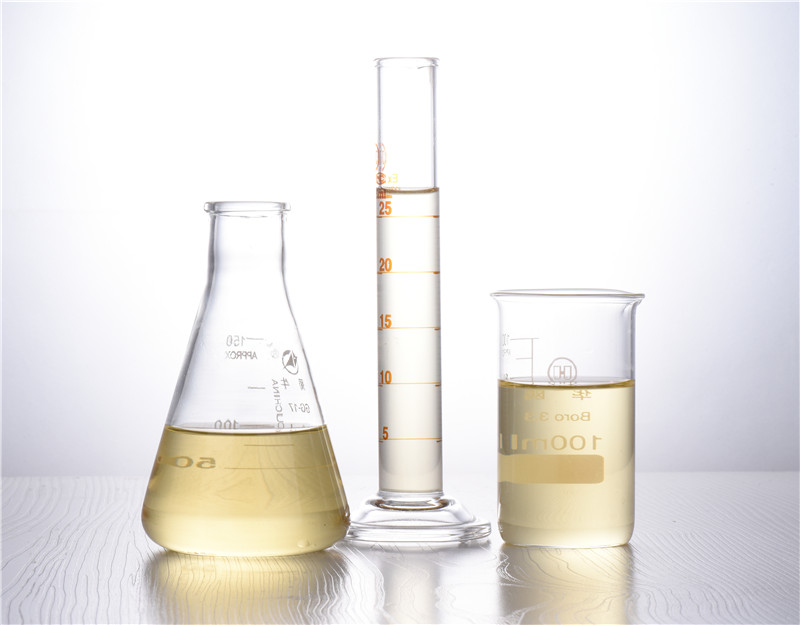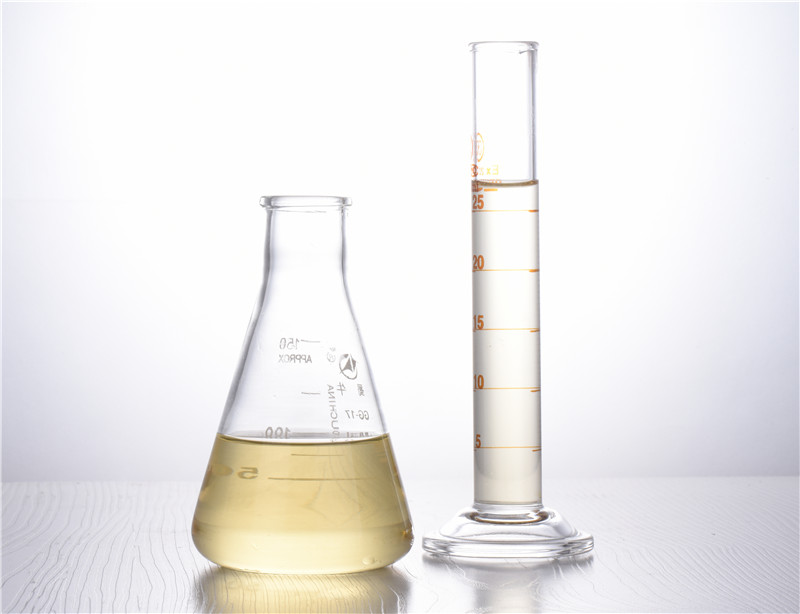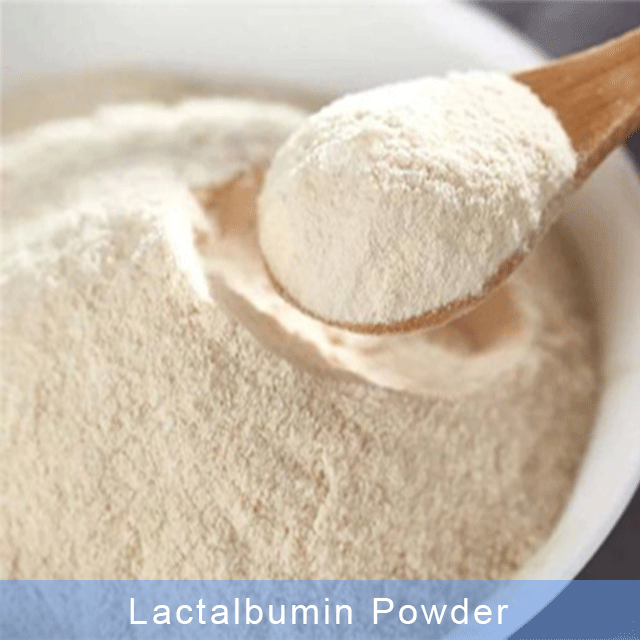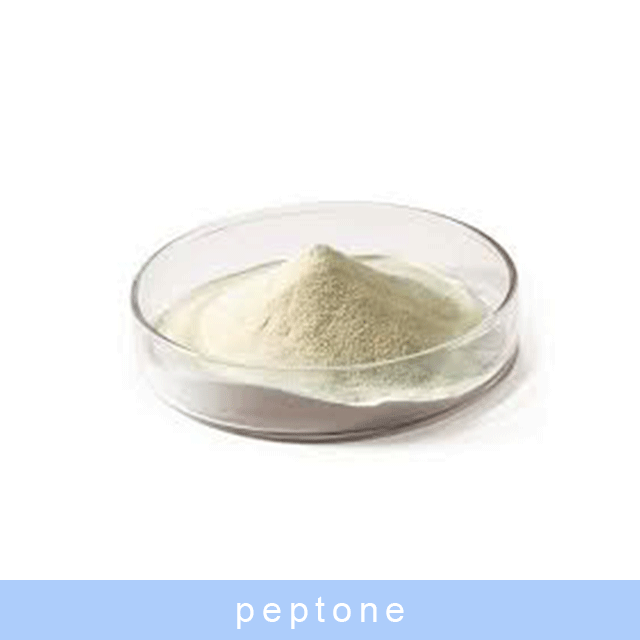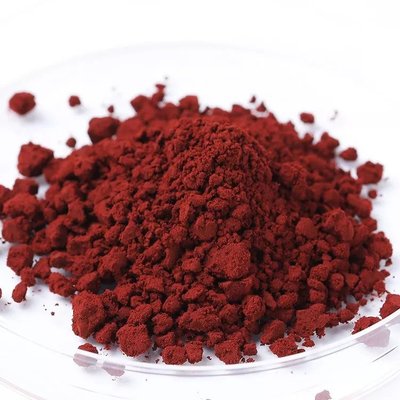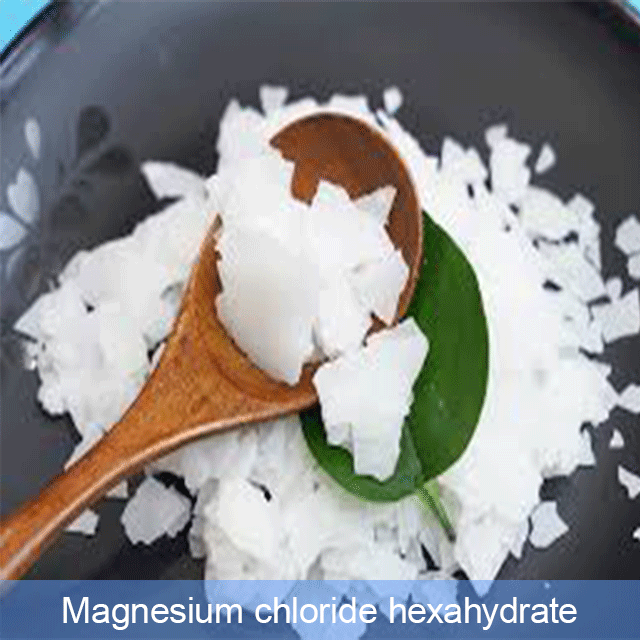Lactic acid
Lactic acid
Cas number:50-21-5
Appearance:Colorless to yellow syrup
Grade:food grade、industrial grade、 Pharmaceutical Grade
Lactic acid is an important organic acid. Its production and consumption are second only to citric acid. Data show that the consumption of lactic acid accounts for about 15% of the total consumption of organic acids. In recent years, due to the expanded application of L-lactic acid in biodegradable plastics, its demand will grow at a relatively high rate. Some people predict that it may catch up with or exceed citric acid in a few years. Lactic acid is widely present in nature and is found in organisms. Lactic acid is also called 2-hydroxypropionic acid and α-hydroxypropionic acid. There is an asymmetric carbon atom in its molecular structure, forming two optical isomers, d-body, l-body and racemic body dl-body, with a total of 3 optical isomers. In 1780, Scheele obtained this product in yogurt, hence the name lactic acid. There are right-handed and racemic bodies in human and animal meat tissues, while the left-handed body is a normal metabolite of mammals. It also exists naturally in fruits such as poppy, apple, and tomato juice. Whether the commercially available products are obtained by fermentation or synthesis, they are all racemic bodies. Due to the presence of hydroxyl and carboxyl groups in the molecule, this product has the functions of these two functional groups. It can react with acid anhydrides to form carboxylic acid esters, with alcohols to form lactic acid esters, and with sodium, calcium, ferrous ions to form salts. Since this product has both hydroxyl and carboxyl groups, it can undergo self-esterification to form linear polyesters, and even cyclic compounds, that is, cyclic dimer lactide [2]. Under slow oxidation conditions, this product can produce pyruvic acid. When heated to above 250°C, it breaks the chain and decomposes to produce acetaldehyde, releasing carbon dioxide and water. It can react with ammonia or amines to produce lactic acid amide. In addition to self-esterification, the hydroxyl and carboxyl groups of this product can also participate in reactions at the same time, such as reacting with aldehydes or ketones to produce cyclic acetals. In medicine, sodium lactate is used to prevent and treat acidosis. Lactate iron and calcium lactate are raw materials in the pharmaceutical industry. Ethyl lactate is a fragrance. Butyl lactate is a good additive for paint and an important raw material for plasticizers and improvers in the plastics industry. It is used as a rust remover in the electroplating industry.
Function and Use
Lactic acid, lactate and its derivatives are widely used in food, medicine, feed, chemical industry and other fields. Because lactic acid is mild and stable in acidity, it helps to enhance the flavor of food. It is widely used as an acidulant, preservative and reducing agent in the food industry. It can be used in the production of refreshing drinks, candies and cakes, and can also be used in the processing and preservation of fish, meat and vegetables. Compared with edible acids such as citric acid and malic acid, it has strong competitiveness. In the United States, lactic acid is used in soft drinks, replacing citric acid, phosphoric acid and the like to a large extent. In beer manufacturing, the United States prohibits the use of inorganic acids such as phosphoric acid to adjust pH, and all use lactic acid instead. A quarter of the world’s lactic acid is used to produce stearoyl lactylic acid. Its salts, calcium stearoyl lactylate (CSL) and sodium stearoyl lactylate (SSL), are widely used in bread processing, which not only makes the bread soft and delicate, but also prolongs its shelf life. L-lactic acid, sodium L-lactate, glucose, amino acids and the like are compounded into infusions to treat acidosis and hyperkalemia. L-Lactic acid iron, L-sodium lactate, and L-calcium lactate are good medicines for supplementing metal elements. Since the human body only has enzymes to metabolize L-lactic acid, D-lactic acid cannot be absorbed by the human body, and excessive consumption is toxic to the human body. Therefore, the World Health Organization advocates that Chemicalbook use L-lactic acid as a food additive and oral medicine to replace the currently commonly used DL-lactic acid. Lactic acid can be added to tobacco to maintain the humidity of tobacco and improve the quality of cigarettes. Lactic acid can be used for deliming in the leather industry. It can turn lime into soluble calcium lactate salt and remove it, making the leather soft and dense, thereby making high-grade leather. Lactic acid can also be used to treat textile fibers, making them easy to color, increase gloss, and make them soft to the touch. The crude ammonium lactate solution obtained by fermentation can be directly used as a feed additive for ruminants to increase the protein required by humans. If the fermented liquid of lactic acid bacteria is diluted with water, it can be used to irrigate crops such as rice, which has the effect of improving soil and increasing yield; it can also be directly used as a medicine and sprayed on aquaculture sites such as artificially cultured shrimp to prevent and control diseases of aquatic products. L-lactic acid can be polymerized to generate linear or cyclic polylactic acid. Poly-L-lactic acid is a non-toxic polymer compound with biocompatibility. It can be decomposed into L-lactic acid in the human body for human metabolism without causing allergic reactions. Therefore, it can be used to produce the following products: sustained-release capsule preparations, biodegradable fibers, biodegradable plastics made by copolymerization of poly-L-lactic acid and other materials, and biological implants.
Related products
-
Food Grade
Lactalbumin Powder
-
Food Grade
Peptone
-
Cosmetic Grade
Astaxanthin
-
Food Grade
Magnesium chloride hexahydrate


